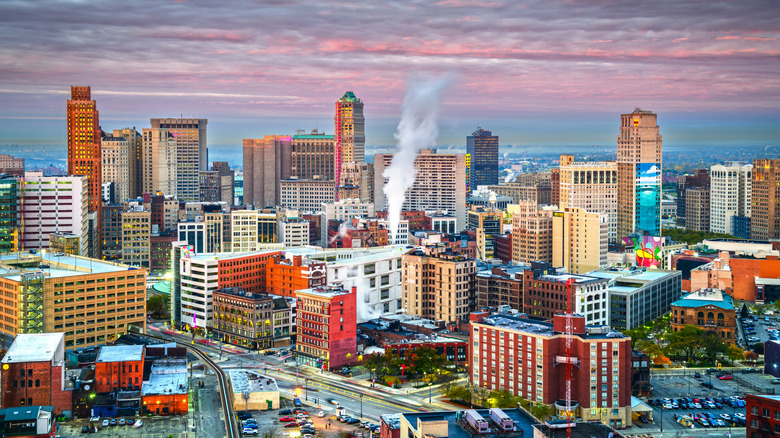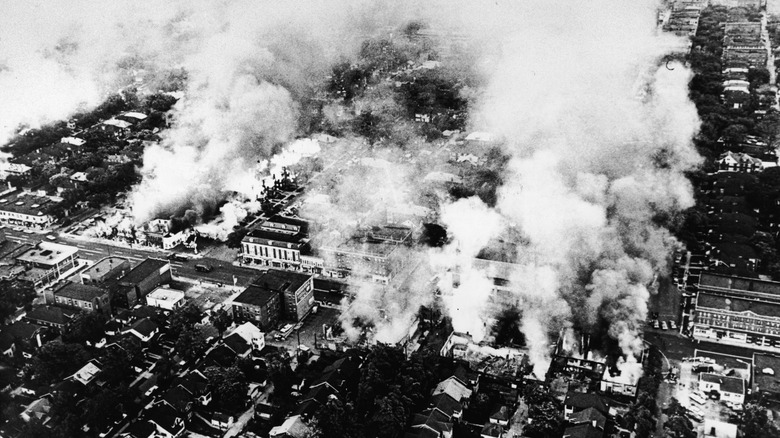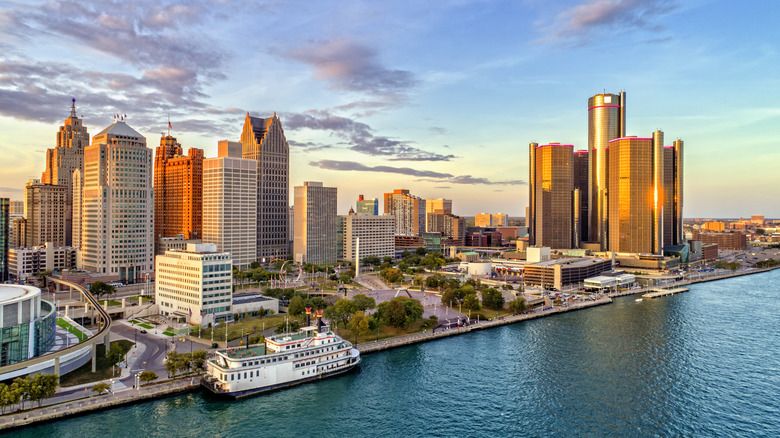Located in the US’ upper midwest, Michigan is a popular tourist destination among outdoor enthusiasts, and the city of Detroit is perfect for lovers of arts and culture. The state’s main claim to fame is its ideal location. It’s mitten-shaped and bordered by four of the five Great Lakes. It has the largest stretch of freshwater coastline in the country. The upper-peninsula region is known for its rugged beauty, and there are plenty of adorable towns with beach vibes, but Detroit is the place to go if you’re in search of urban thrills. Detroit is Michigan’s most iconic city, but it’s also considered the most dangerous.
Each year, millions of tourists visit Detroit, despite the Motor City’s ongoing struggle to reduce crime. It’s ranked amongst the most dangerous cities in the US. There are high rates of violent crimes, including assaults and homicides. Even though it’s considered less safe than the average American city, it’s still well worth visiting during a trip to Michigan. Detroit is a cultural hub with an amazing arts scene, some of the best food in Michigan, and trendy bars where you can experience lively nightlife.
Efforts to crack down on crime are ongoing, and the city is on the cusp of a renaissance. You may want to be cautious when traveling through certain parts of it, but you shouldn’t let Detroit’s dangerous reputation deter you from visiting. This underrated American city should be at the top of your bucket list.
Detroit’s dangerous reputation
Detroit was named the second most dangerous city in the United States in 2025 by WalletHub. The city has struggled with crime for years, but it was once one of the nation’s most prosperous cities. Detroit began to boom in the 1920s due to the rise of the automobile industry. Henry Ford built his very first car there, and the city quickly became a hub for automobile manufacturing. During World War II, the manufacturing plants created weapons for the Allied forces that helped win the war. Detroit was the wealthiest city in the world in the 1950s, and one of the US’ largest. The Big Three auto companies — Ford, General Motors, and Chrysler — all set up production there.
Things began to change in the 1960s as racial tensions increased. Poverty, racism, police brutality, and lack of equal opportunities added fuel to the fire. In 1967, there was a major clash between citizens and the police. The riots lasted for five days. There were 43 deaths, thousands of arrests, and over 1,000 buildings were burned. Manufacturing plants began to move out of the city. The remaining factories further decreased their work force and soon Detroit’s population plummeted. Parts of Detroit began to look like a ghost town, and crime continued to increase over the decades that followed.
Crime peaked in the 1990s, but today crime rates in Detroit are the lowest they’ve been in over 50 years, according to statistics released by the city. Homicides are down 33% compared to what they were in 2002.There’s still room to improve — violent crime, income inequality, racism, and police brutality are complicated issues that aren’t easily fixed — but it’s clear Detroit is on the upswing.




